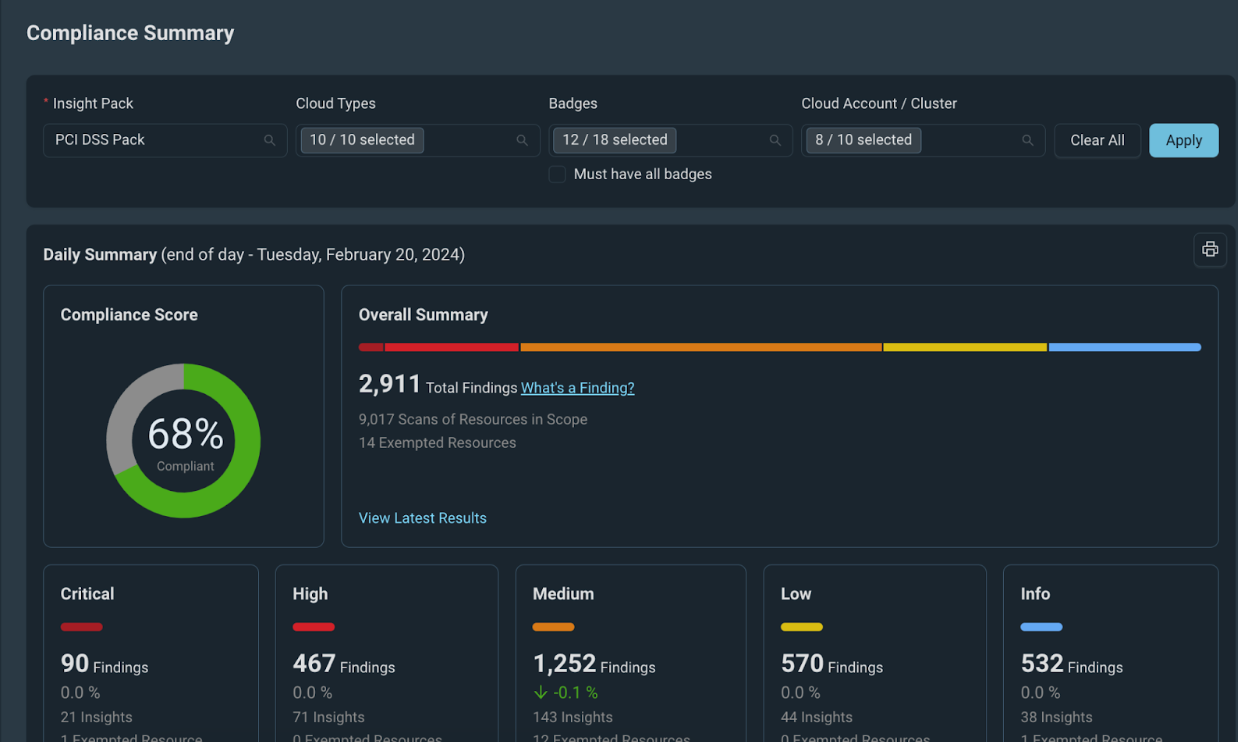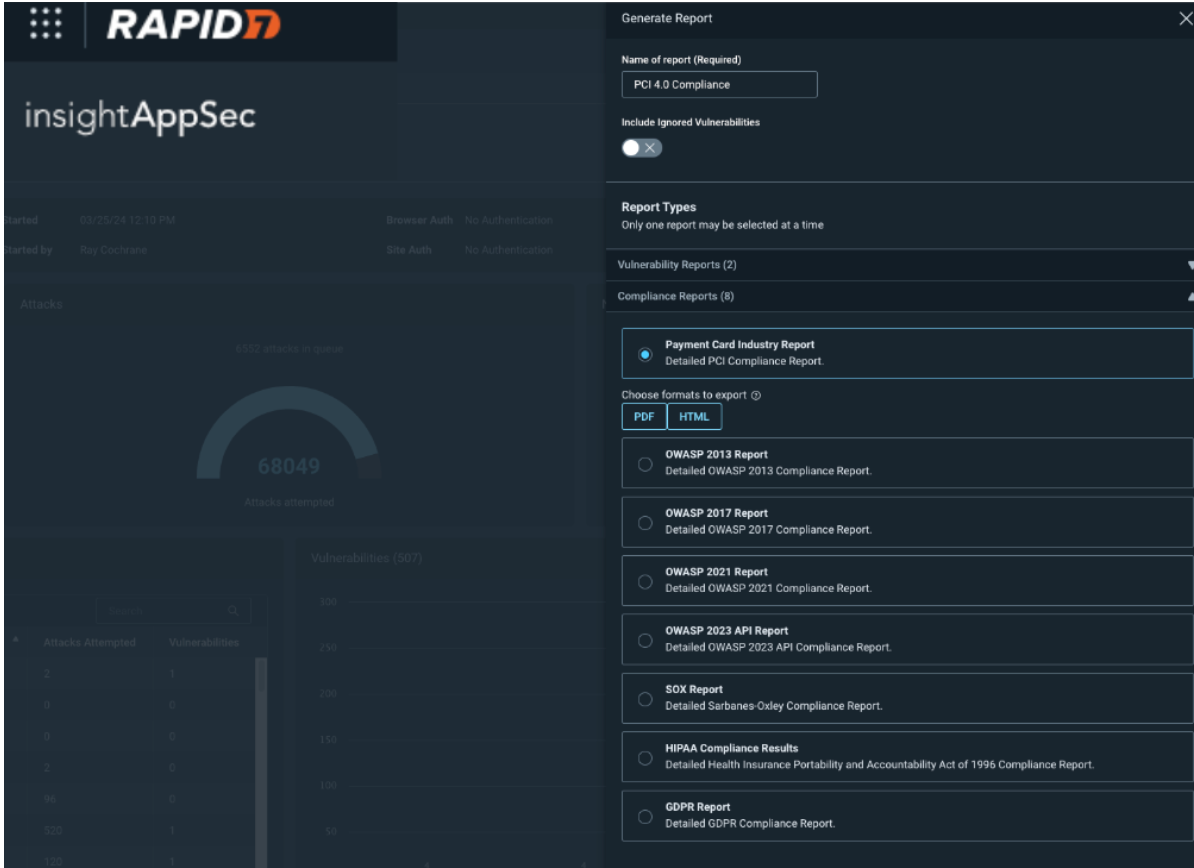The digital landscape has evolved significantly over the last decade, with organizations facing increasingly complex and sophisticated cyber threats. Traditional cybersecurity models, based on perimeter defenses and implicit trust within the network, are no longer sufficient.
Enter Zero Trust, a transformative approach that presumes nothing can be trusted by default, whether inside or outside the network. This model advocates for continuous verification, strict access controls, and comprehensive monitoring.
Zero Trust is not just a forward-thinking cybersecurity model; it is becoming a necessity, especially in light of stricter regulations such as the NIS2 Directive.
This article delves into why Zero Trust is vital, how organizations can embark on this strategic journey, the budgeting advantages it offers, and its alignment with NIS2 compliance.
Why Zero Trust is Essential in Modern Cybersecurity
1. The Growing Cyber Threat Landscape The modern cyber threat landscape is more dangerous than ever. Cybercriminals and nation-state actors leverage advanced tactics to exploit vulnerabilities, often bypassing traditional perimeter defenses. From ransomware attacks to targeted phishing and data exfiltration, organizations must now defend against threats that can come from both outside and within.
Zero Trust operates under the principle of “never trust, always verify,” which means that every access attempt is scrutinized and verified, regardless of its origin. This model effectively addresses the current threat environment by minimizing the attack surface and ensuring that no user or device gains more access than necessary.
2. The Hybrid Work Paradigm The COVID-19 pandemic catalyzed a shift toward remote work that continues today. This shift has rendered the traditional network perimeter virtually obsolete. Employees now access corporate data and applications from various locations and devices, making it crucial for organizations to adapt their security models to this new reality. Zero Trust enables secure, conditional access from anywhere, ensuring that all connections to corporate resources are verified and monitored.
3. Protection of Sensitive Data Data is an organization’s most valuable asset, encompassing customer information, intellectual property, financial records, and more. With data privacy regulations becoming increasingly stringent and data now being everywhere, protecting this information is critical. Zero Trust helps enforce granular access policies and encryption to ensure that sensitive data is accessible only to authorized users.
Starting Your Zero Trust Journey
1. Conduct a Security Audit Before moving to a Zero Trust framework, organizations should first assess their current security posture. This should involve conducting an audit to identify vulnerabilities, map network assets, and understand data flow. A thorough assessment helps highlight the most critical assets and directs resources to areas that need the most attention.
2. Identify the Crown Jewels Determine which data, applications, or systems are of the highest value to your organization. These “crown jewels” should be prioritized for Zero Trust implementation. By focusing on these high-value assets, organizations can ensure that their most sensitive information is protected from the outset.
3. Implement Multi-Factor Authentication (MFA) A cornerstone of Zero Trust is ensuring robust identity verification. MFA should be deployed across all applications and systems to add an extra layer of security. By requiring users to provide two or more verification factors, MFA greatly reduces the risk associated with compromised credentials, which are often the entry point for attackers.
4. Apply the Principle of Least Privilege Implementing Zero Trust involves ensuring that users only have access to the resources they need to perform their job functions. The principle of least privilege minimizes the potential damage that could occur if an account is compromised by limiting what the attacker could access.
5. Micro-Segmentation Break down your network into smaller segments, each protected with its own set of access controls. This approach, known as micro-segmentation, prevents attackers from moving laterally within the network if they breach a barrier, containing potential damage. Tools such as UZTNA and ZTNA should be considered.
6. Continuous Monitoring and Logging Zero Trust is not a “set it and forget it” strategy. Continuous monitoring and comprehensive logging are necessary to detect and respond to suspicious activities in real-time. Implement security tools that offer visibility into network activity and leverage analytics to identify anomalies and potential threats.
Budgeting for Zero Trust: The Financial Perspective
Many organizations might perceive Zero Trust as a costly endeavor, but it can lead to significant long-term savings. Here’s how a Zero Trust model can be budgeted efficiently:
1. Reducing Redundant Tools Organizations accumulate various security tools over time, leading to overlapping functionalities and increased costs. Implementing Zero Trust allows for the consolidation of these tools. For example, Zero Trust solutions often integrate features like endpoint security, identity management, and network access controls into one comprehensive platform. This streamlining reduces software licensing expenses and ongoing maintenance costs.
2. Operational Efficiency Managing a multitude of security tools requires significant time and expertise. A unified Zero Trust approach simplifies the security stack, making it easier for IT teams to manage. This reduces the time and manpower needed for operations, freeing up resources for strategic tasks like threat hunting and system improvements.
3. Cost of Prevention vs. Cost of Breach The cost of a data breach can be astronomical, often running into millions of dollars when factoring in direct costs, regulatory fines, and reputational damage. Investing in Zero Trust mitigates this risk by lowering the probability of successful attacks. For instance, robust access controls and continuous verification make it much harder for attackers to compromise systems undetected.
Zero Trust and NIS2 Compliance: A Crucial Intersection
The NIS2 Directive, an updated version of the original Network and Information Systems (NIS) Directive, reflects the growing need for robust cybersecurity measures across the EU. NIS2 is designed to strengthen the resilience of essential and digital service providers by enforcing stricter cybersecurity requirements and imposing fines for non-compliance.
Here’s how Zero Trust aligns seamlessly with NIS2 requirements:
1. Enhanced Access Control Policies NIS2 mandates that organizations implement stringent access control measures to prevent unauthorized access to critical assets. Zero Trust’s core philosophy of verifying every user and device aligns perfectly with these requirements. By enforcing policies such as MFA and least privilege access, organizations can ensure that only authenticated and authorized users can access sensitive data and systems.
2. Continuous Risk Management A significant aspect of NIS2 is the requirement for ongoing risk management. Organizations must be able to assess risks continually and update their cybersecurity measures accordingly. Zero Trust supports this by incorporating continuous monitoring and real-time analysis of user behavior. Any anomalies are flagged immediately, enabling organizations to take proactive measures to mitigate potential threats.
3. Incident Detection and Response NIS2 emphasizes the importance of having robust incident detection and response protocols. Zero Trust’s continuous monitoring capabilities make it easier for organizations to detect potential incidents early and respond swiftly. This approach reduces response times and limits the impact of a potential breach, aligning with NIS2’s emphasis on quick detection and mitigation.
4. Ensuring Data Integrity Data integrity is a key focus of NIS2, requiring organizations to implement measures that prevent unauthorized modifications. Zero Trust supports this through its robust access control mechanisms and encryption standards. Every interaction with data is authenticated and verified, ensuring that unauthorized users cannot alter critical information.
5. Compliance Reporting and Accountability Under NIS2, organizations are required to demonstrate compliance through regular reporting and auditing. Zero Trust’s comprehensive logging capabilities provide detailed records of all access attempts, user activities, and policy enforcement. These logs can be used to demonstrate adherence to NIS2 requirements during audits, making compliance a more straightforward process.
Zero Trust as a Tool for Simplification and Better Resource Allocation
Implementing Zero Trust can streamline an organization’s cybersecurity infrastructure. Here’s how Zero Trust simplifies security and optimizes resources:
1. Unified Security Management Zero Trust consolidates security processes into a single, cohesive framework, reducing the need for disparate tools that require separate management. This unified approach simplifies the workload for IT teams, allowing them to allocate their time more efficiently and focus on strategic priorities rather than juggling multiple platforms.
2. Automation of Routine Tasks Automation is a key advantage of Zero Trust. With advanced policies and AI-driven tools, many security tasks—such as user access reviews, policy enforcement, and anomaly detection—can be automated. This reduces the manual burden on IT teams, allowing them to focus on more critical aspects of security.
3. Reduced Human Error Simplified security procedures mean less room for human error. With Zero Trust, consistent application of security policies ensures fewer mistakes, helping maintain the integrity and security of the network.
The Road Ahead: How to Stay Ahead of Cyber Threats with Zero Trust and NIS2
Zero Trust is not a one-time project; it is a journey that evolves as the organization grows and as new threats emerge. Here are some final recommendations for maintaining and advancing your Zero Trust strategy in line with NIS2 requirements:
1. Regular Training and Awareness Human error is often the weakest link in cybersecurity. Regular training and awareness programs ensure that employees understand the importance of Zero Trust principles and are equipped to follow best practices. This is particularly important for meeting the training and awareness aspects of NIS2.
2. Leveraging Technology Partnerships Consider partnering with technology vendors that offer robust Zero Trust solutions tailored to your industry. The right tools can provide integrated solutions that simplify the implementation process and align with regulatory requirements like NIS2.
3. Continuous Improvement and Adaptation Cyber threats and regulatory landscapes are constantly changing. Ensure that your Zero Trust strategy includes continuous reviews and updates. This helps adapt to new regulations and emerging threats, keeping your cybersecurity posture strong and compliant.
4. Collaboration and Information Sharing NIS2 encourages organizations to collaborate and share threat intelligence to bolster collective cybersecurity defenses. Zero Trust frameworks that incorporate threat intelligence feeds can enhance the organization’s ability to identify and mitigate threats faster.
Conclusion
The journey to Zero Trust is essential for organizations seeking to secure their data, protect their assets, and comply with increasingly stringent regulations like NIS2. By implementing core Zero Trust principles such as continuous verification, least privilege access, and comprehensive monitoring, businesses can create a robust defense against today’s complex cyber threats.
Budgeting for a Zero Trust initiative can seem challenging, but the long-term benefits—ranging from reduced tool redundancy to streamlined operations and potential cost avoidance of breaches—make it a wise investment. Moreover, with the requirements set forth by NIS2, adopting a Zero Trust model positions organizations not only to meet compliance standards but to stay ahead in an evolving digital landscape.
With Zero Trust as your cybersecurity backbone, your organization can embrace change confidently, optimize resources effectively, and remain resilient against the dynamic threat landscape of tomorrow.
The post A Path to Enhanced Security and NIS2 Compliance appeared first on Cybersecurity Insiders.


